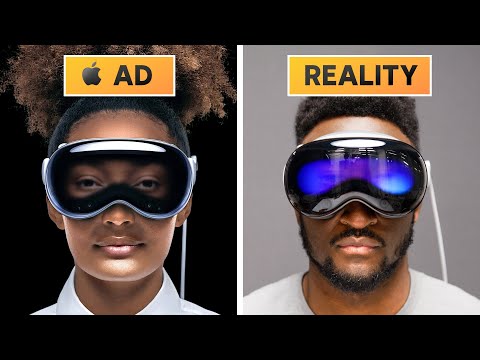Apple’s Vision Pro: A Reevaluation in the Face of Meta’s Competition
Apple’s Vision Pro, launched in June 2023, marked a significant step into the realm of spatial computing. However, the device has faced challenges in gaining widespread adoption. As Meta’s Orion AR glasses demonstrate the potential of augmented reality, Apple is now reevaluating its strategy to ensure the long-term success of its Vision Pro product line.

Challenges Facing the Vision Pro
Despite its impressive technology, the Vision Pro has encountered several hurdles that have limited its appeal. The high price point, coupled with factors like short battery life, limited third-party software support, and a lack of standout features, have hindered its broader adoption. Even with a potential price reduction, it remains uncertain whether significant sales increases would follow.
Exploring New Directions
In response to these challenges, Apple is exploring various avenues to expand the Vision Pro product line and enhance its appeal.
1. Expanding the Product Line
- A More Affordable Option: Apple may introduce a lower-cost version of the Vision Pro, potentially dubbed the “Vision Air.” This model could feature lower-quality displays and materials to make it more accessible to a wider audience.
- Second-Generation Vision Pro: Apple is also considering a second-generation Vision Pro with improved components, such as a more powerful M5 chip. This updated version could offer enhanced performance and features.
2. An iPhone Accessory Approach
Another possibility is for Apple to transform the Vision Pro into an accessory that relies on an iPhone for functionality. By removing the built-in processing unit and battery, Apple could potentially reduce the weight and size of the headset. However, this approach could limit the headset’s capabilities and battery life, as it would be dependent on the iPhone’s resources.
3. Smart Glasses and Enhanced Audio
Apple may also explore the development of smart glasses similar to Meta’s Ray-Ban Smart Glasses. These glasses would prioritize audio and visual capabilities without incorporating a full display. This approach could leverage Apple’s expertise in audio technology and artificial intelligence. Additionally, a new version of AirPods Pro with integrated cameras and AI capabilities could provide a similar experience without the bulk of traditional frames.
4. The Long-Term Vision
Apple’s ultimate goal is to create fully functional AR glasses that integrate all necessary components into a lightweight and compact design. However, achieving this ambitious vision has proven challenging, leading Apple to prioritize the Vision Pro as a first step. Meta’s advancements in AR technology have intensified the pressure on Apple to accelerate its timeline for developing truly immersive AR glasses.
Competitive Landscape
The augmented reality landscape is becoming increasingly competitive. Meta’s Orion AR glasses, although still in development, demonstrate the potential for significant advancements in the field. With a promising 70-degree field of view and advanced control features, Meta’s glasses could pose a serious challenge to Apple’s Vision Pro.
As Apple continues to navigate the evolving landscape of augmented reality, the company’s future direction for the Vision Pro remains uncertain. While the device has shown promise, addressing the challenges it faces will be crucial for its long-term success. Apple’s ability to innovate and adapt will determine its position in the competitive AR market.
FAQs
What are the challenges facing Apple’s Vision Pro?
The Vision Pro faces challenges such as its high price, limited battery life, and lack of third-party software support.
What are Apple’s potential plans for the Vision Pro?
Apple is exploring options such as expanding the product line, turning it into an iPhone accessory, developing smart glasses, and focusing on long-term development of fully functional AR glasses.
How does Meta’s Orion AR glasses compare to the Vision Pro?
Meta’s Orion AR glasses are still in development but offer promising features such as a wider field of view and advanced control capabilities.




